Petrified Wood in Michigan: The Facts and the Fiction
Petrified wood in the Petrified Forest National Park, Photo Credit: Craig McClarren
Is there petrified wood in Michigan? There is! There isn’t! And to an extent, everyone is right…
Petrified wood, it’s a stone everyone is familiar with by name at least. And everyone gets excited about finding it, but can it actually be found in Michigan? The story is complicated, but the answer is...
Let’s first consider the rocks that Michigan has. In the center of Lower Michigan, we have Michigan’s youngest rocks. These are known as the Pewamo Sandstone and Haybridge Strata and have been poorly studied- until recently, we thought they were Jurassic-aged and formed under the ocean. We now know that they’re much much older than that and mostly formed on land. Now, these Carboniferous-aged rocks do come from the land and yes they come from a period where trees existed, so… do we have petrified wood from these “red beds”?
The answer, sadly, is no. They do have some plant fossils in them, but they are mostly carbon imprints and impressions and we haven’t seen any examples of anything that could be called petrified wood from it. Making it even less of a source of petrified wood is the fact that they aren’t actually exposed at the surface anywhere in Michigan that we’ve found (they’re entirely buried underneath glacial sediments), which is why it’s so hard to study them!
The next youngest unit is the Grand River Formation and it’s also unique for where it was formed. At Grand Ledge, there is a very small exposure of the tiny unit of rock known as the Grand River Formation and a few of the carboniferous-age layers in that formation were deposited at about sea level on a delta and actually DO have fossil plants in them that we can see coming out of the rocks. These fossils include roots, leaves, and even tree branches. Fossilized tree bits! So, we DO have petrified wood then, right? Well, yes actually- kind of. This is very ancient wood and it doesn’t look terribly like anything we see today. But there is some fossilized wood, technically petrified, of very ancient carboniferous-aged plant material that includes trees that are 310 million years old. This petrified wood is not agatized, contains no colorful minerals, and generally doesn’t look much like wood except to paleontologists.
Stigmaria root specimen from the Grand River formation, Carboniferous period (provided by Delta College), Photo Credit: Cody Wiedenbein
Beyond these tiny younger layers that are almost impossible to find anywhere in Michigan, though, the story gets much simpler. Below the Grand River Formation (and moving outward from the center of the state), it’s almost all limestone… it’s tropical coral reef material! No trees in there, no land animals or plants, and no petrified wood. In fact, as we move through the geologic history of Michigan, almost every rock is formed underneath the ocean until you reach the shores of Lake Superior and the Western UP, where the rocks are much much older than the oldest trees.
So, can petrified wood be found in any geologic formations in Michigan? The answer is “yes*”, but with a huge asterisk: it can only be found in a single geologic formation that is incredibly small, that only occurs within 30 miles of Lansing and that is only really exposed at the surface along a tiny stretch of river at Grand Ledge (it mostly being covered by glacial debris) and it is ancient enough not to actually look like petrified wood to most observers. Except for this single tiny exception (and the rocks directly over it, but buried at the center of the state where petrified wood has never been found), Michigan’s rocks that formed on land are much too old to contain wood and Michigan’s rocks that are young enough to contain wood were formed under the oceans. If you are rock hounding at Grand Ledge, there’s a small chance that you’ve found petrified wood (or an ancient plant fossil of some kind), but not if you were looking anywhere else…
I can hear the Google warriors screaming already, though; “There are entire petrified forests underneath the Great Lakes! How can you claim there’s no petrified wood?!”
Image from : O’Shea JM, Lemke AK, Nash BS, Sonnenburg EP, Ferguson JR, Nyers AJ, et al. (2021) Central Oregon obsidian from a submerged early Holocene archaeological site beneath Lake Huron. PLoS ONE 16(5): e0250840. https://doi.org/10.1371/journal.pone.0250840
This is a myth created by news reporters who couldn’t get the story right.
So here’s the situation: we like to imagine that the Great Lakes are constant and unchanging, but that’s far from the truth. In fact, 10,000 years ago, the Great Lakes were much smaller than they are today and Huron, for example, really didn’t exist as a single entity. In its place were a few smaller lakes with narrow ridges of land running between them. One of those ridges, the Alpena-Amberly Bridge, has been studied recently and it’s thought that it was an important caribou migration route and a crucial hunting ground for Native Americans. This land bridge was also at least partly forested and yes, divers were reported to have found petrified wood there and in other areas where the land was above water, but is now deeply submerged.
These reports are wrong, however. During the writing of this article, I reached out to Dr. O’Shea of University of Michigan, the lead researcher studying the Alpena-Amberly Bridge. He informed me that NONE of the wood found beneath Lake Huron has been petrified and that news reports of such are incorrect. He states that because of the depth of the water, the wood is merely excellently preserved, but it is absolutely not mineralized, not turned to stone, and thus not petrified! After some discussion, we at Michigan Rockhounds believe that the mistake made by news outlets was in not understanding the difference between “petrified” and “preserved.” Petrified wood has been completely replaced by minerals and turned to stone while “preserved” wood has remained untouched and in its original condition… quite different from petrification! Unfortunately, an overeager journalist read of the preserved wood that was found and penned an article about petrified forests discovered beneath the lakes- totally wrong- and other media outlets ran with it.
So no, there are no petrified forests and NO petrified wood that has ever been found beneath the Great Lakes!
Ok, so that simplifies things, right? Except for a few oddballs in a tiny area at Grand Ledge, no Michigan rocks have petrified wood in them and the reports of petrified forests underneath the Great Lakes are wrong, so you’ll never find petrified wood, right? Well… kind of, but not quite…
You see, the rocks of our shorelines are almost entirely composed of glacial debris: it’s a whole mishmash of material from Northern Michigan and Ontario. And from time to time, mixed in with that random debris… very very very VERY rarely… is a small poorly mineralized piece of petrified wood. These cases are extremely rare, though. Almost every rock that people proclaim to be petrified wood turns out to be an imposter, such as stylolite in limestone or a slickenside or some other material. But it can be found, it’s just exceedingly rare.
If you think you’ve found petrified wood in Michigan, be prepared to find out that it’s not actually petrified wood. And if you did actually find a piece… well, you lucked out on finding a random piece of debris from Ontario carried down by the glaciers.
So does Michigan have petrified wood? No. Well, except for the oddball stuff from Grand Ledge that you’ll never see unless you’re collecting from along the Grand River in that one single location. And you can disregard all that nonsense you hear about petrified forests under the Great Lakes. So yes at Grand Ledge, but you’ll never see it anywhere else… except for an occasional random piece that glaciers pulled up from some petrified forest destroyed during the last ice age that we know nothing about, but those are so rare you’ll probably never find one. So yes kind of, but pretty much also no.




